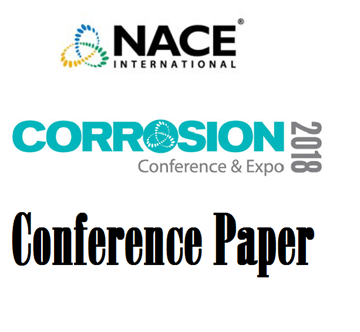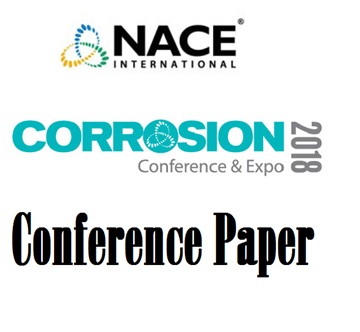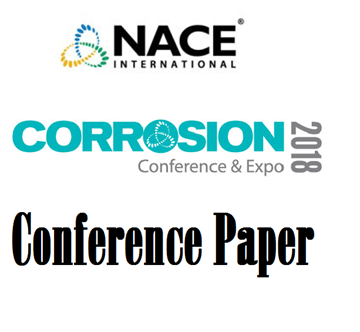Search
51318-11233-Cyclic Oxidation Behavior of Ni-Cr Alloys in Wet Air
Also Purchased
51318-11243-Applicability of ASTM G28 testing
Product Number:
51318-11243-SG
Publication Date:
2018
$20.00
51318-11245-Abrasive Blasted Surface Preparation – Does the Pipeline Coating Industry Really Understand it?
Product Number:
51318-11245-SG
Publication Date:
2018
$20.00
51318-11232- Mechanism of CO2 Corrosion of Mild Steel: a New Narrative
Product Number:
51318-11232-SG
Publication Date:
2018
$20.00
Recently viewed




